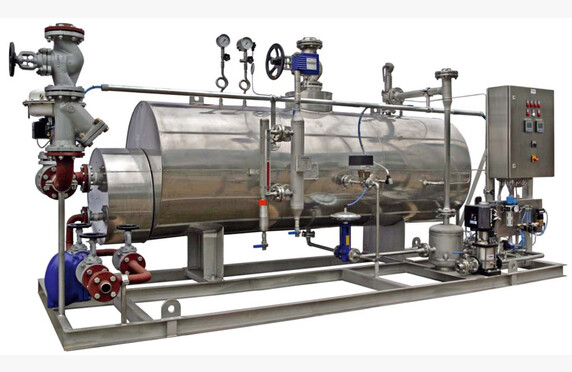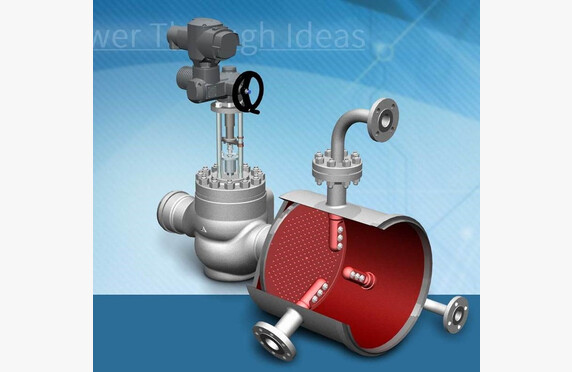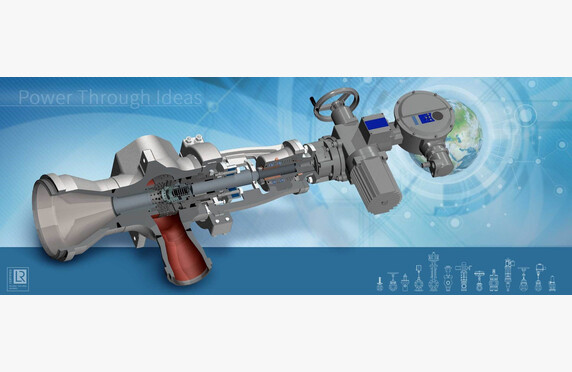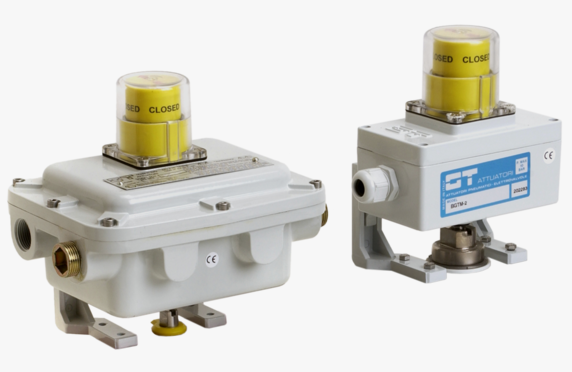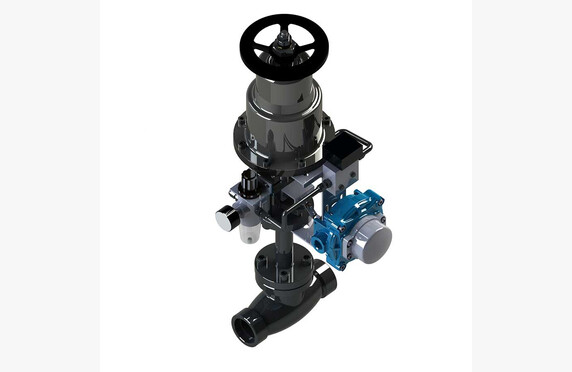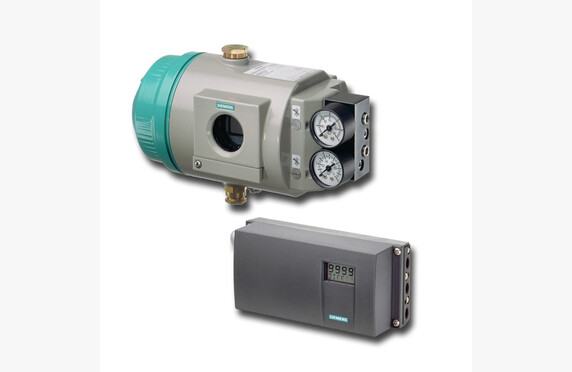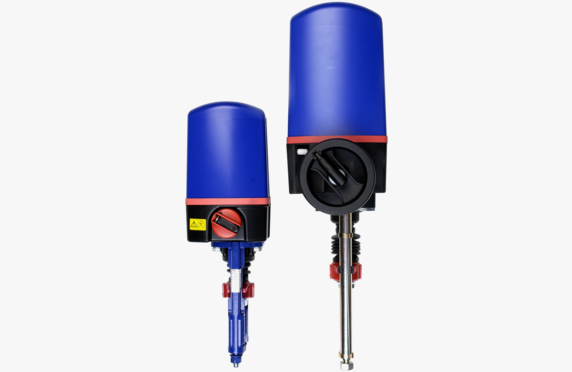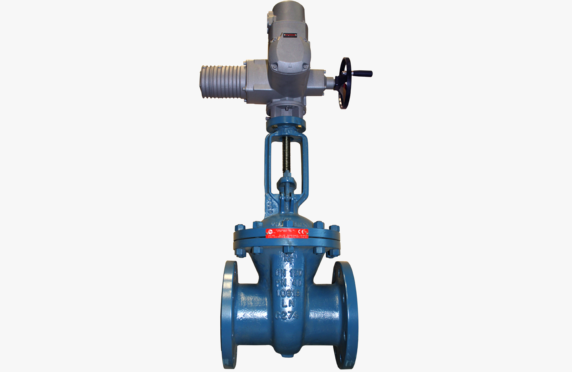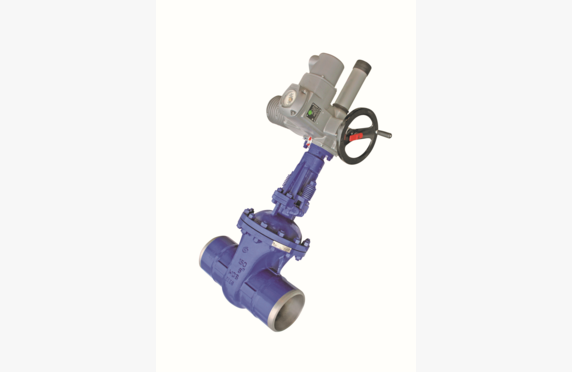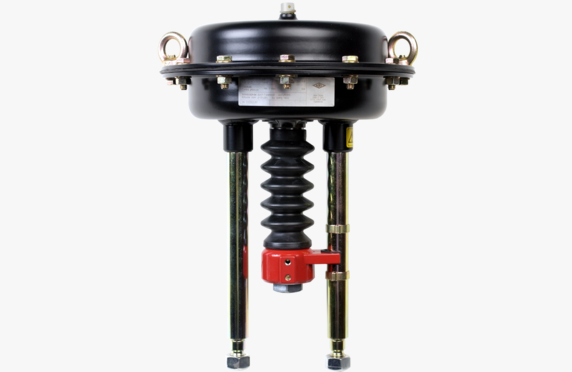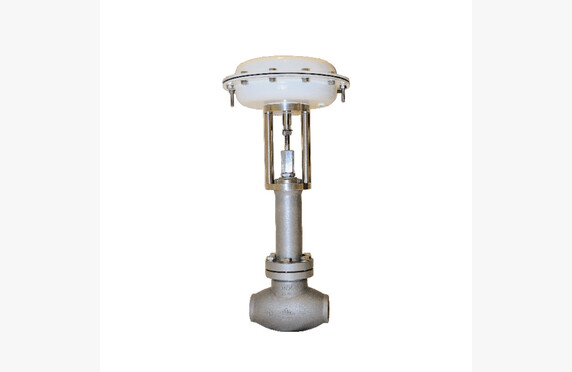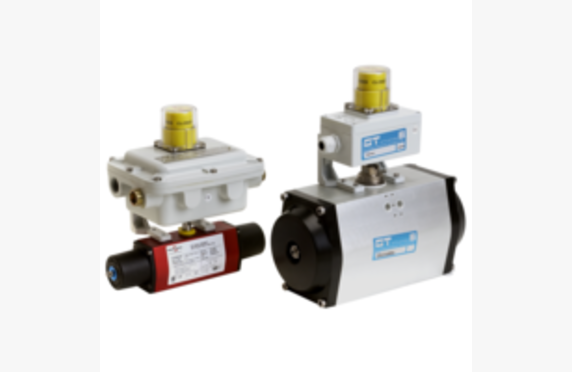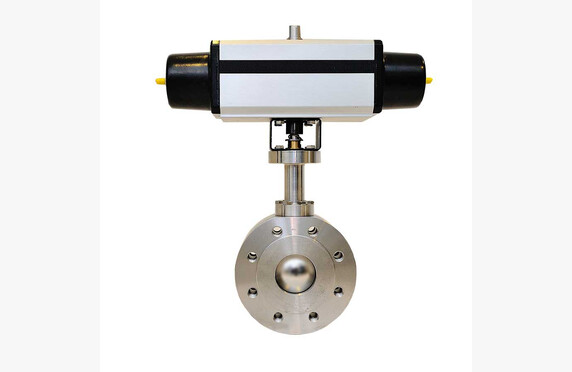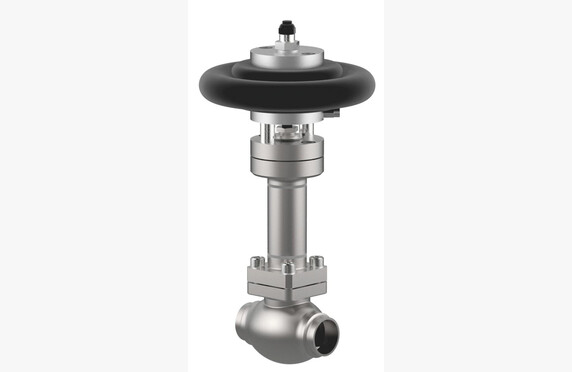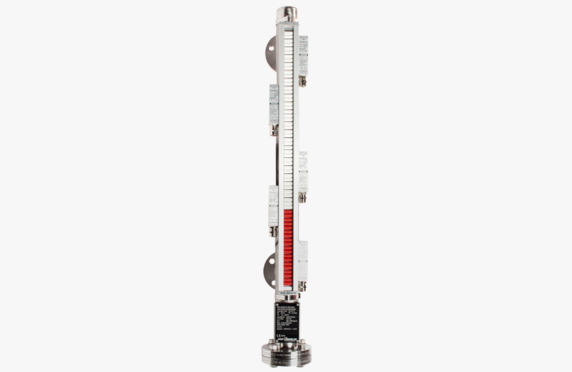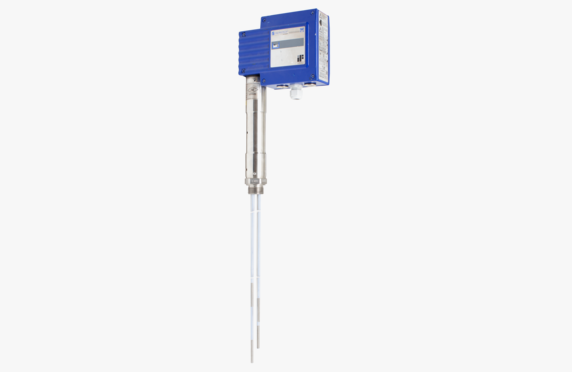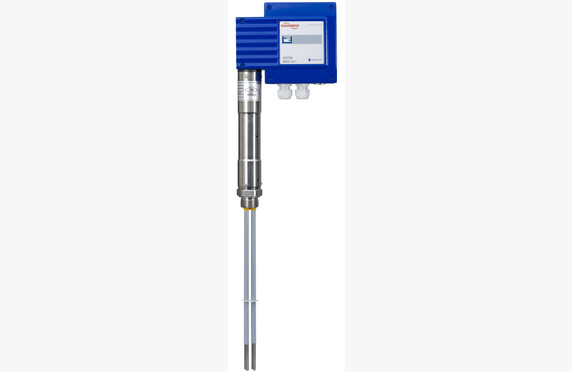Dual-butterfly non-return valves
Dual-butterfly non-return valves

Media
Manufacturers
Technical specifications
Sizes: DN 50-1200
Pressure Classes: PN 10-40, ASME 150-300#
Body Materials: GG-25, GS-C 25N, AISI 316, 1.0460
Sealing Materials: metal, EPDM, FPM, PTFE, NBR
Connections: Between flanges
Other Names: butterfly check valve, dual-butterfly non-return valve, dual plate check valve
What is a dual-butterfly non-return valve?
Dual-butterfly non-return valves are butterfly valves, which describes their structure very well. In the middle, there is a closing shaft with two symmetrically hemispherical closing plates on either side.
The dual-butterfly non-return valve’s undeniable advantage is its low flow resistance, which depending on the flow is only a few millibars. In other models, it can be a hundred times higher. The valve’s flow resistance can also be adjusted by selecting different springs. The flow resistance depends on the valve’s installation orientation and the springs used. For example, in a vertical pipe when the flow is from bottom to top, the force required to open the valve is greater than, for instance, in a horizontal pipe.
Selecting a dual-butterfly non-return valve
Unlike its competitors, GESTRA uses two separate shafts and each closing plate is secured by two individual closing springs, whereas normally closing springs are not used at all. The robust design is intended to prevent the valve from being damaged by minor hydraulic water shocks. If the system’s water shocks are significant, BB dual-butterfly non-return valves can be equipped with separate hydraulic dampers.
BB dual-butterfly non-return valves are available in various materials.
Our sales representatives can provide you with more detailed information on the opening characteristics of each valve and assist with sizing if needed. They will help you select a dual-butterfly non-return valve that meets the requirements of your application.



